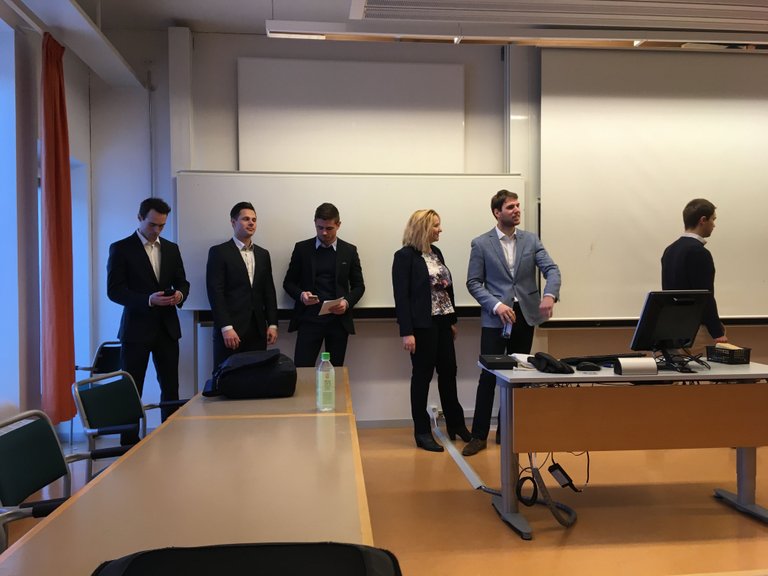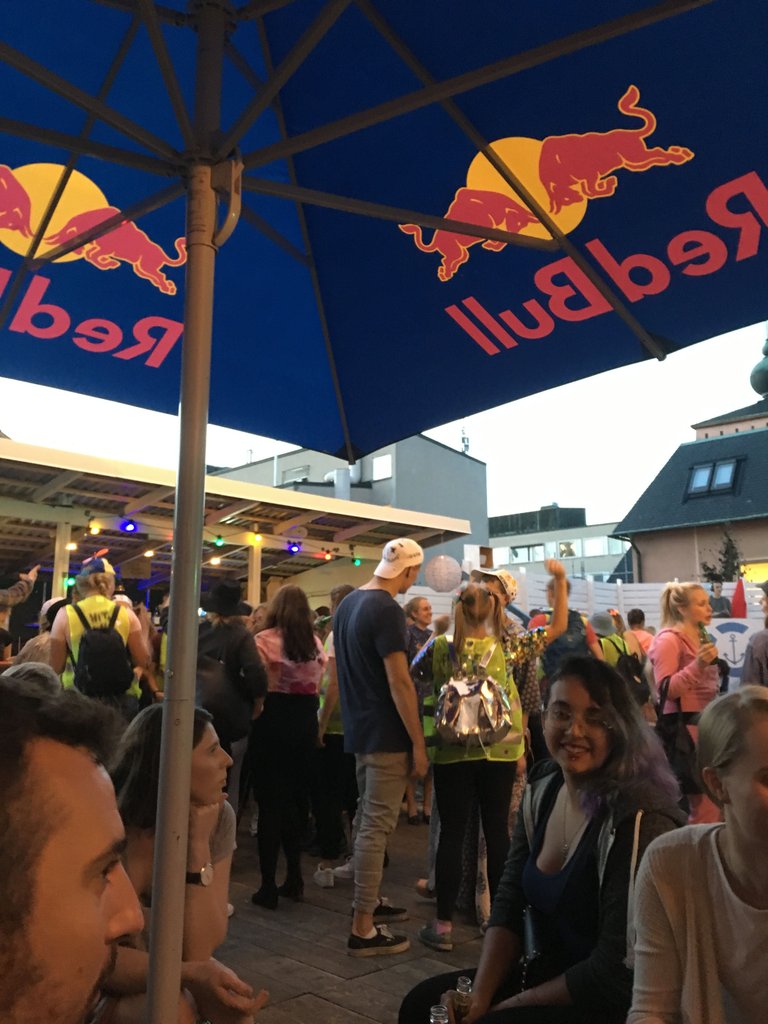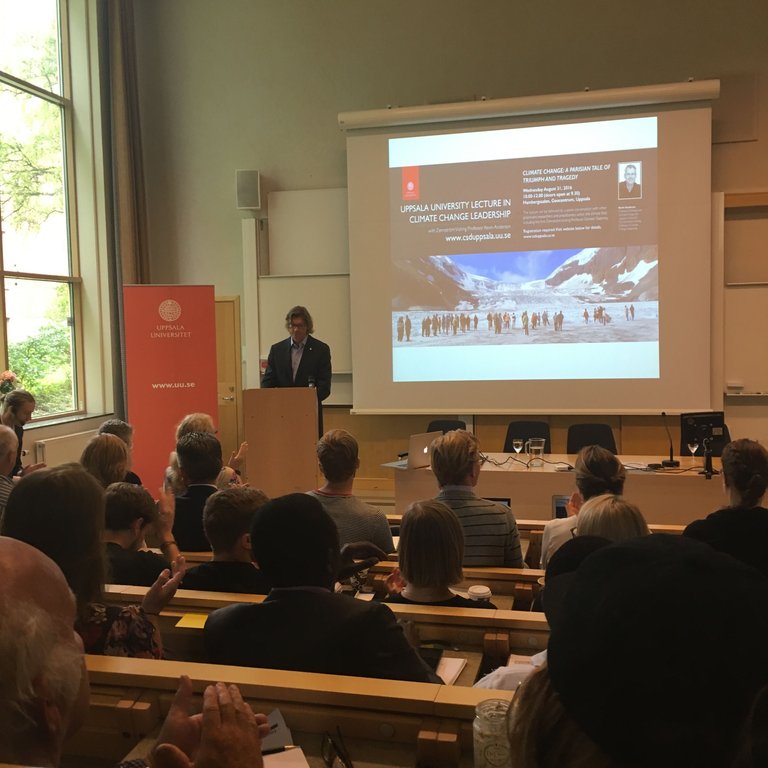Today, I'd like to share what's going on in the higher education field in Sweden.
As an educational philosophy, there is a concept,
~ The investment in people can not only help them, but also bolster country’s international competitiveness ~
The ratio of the public expenditure for education toward GDP is 6.1% in Sweden. (Japan 3.3%)
Basically, educational services including universities are free and learning in higher education is very practical. In general, the Swedish education prioritizes teamwork activities in order for students to adjust themselves to the society after graduation.

In addition, the factor of vocational training is prioritized. Even for becoming a lawyer, people don't need to get a nationally accredited qualification, but just graduate from a technical course.
Therefore, getting back to study in order to compensate for a lack of skill-set is very usual. A number of people go back to universities to acquire expertise and aim to find better jobs after becoming unemployed.
This system is the moving force which encouraged the Swedish economy to implement structural change because workers started to accept ‘change’ under the system prioritizing the improvement of individual abilities.
In addition, what makes it easier is that people in Sweden receive allowances from the government after starting to study at college.
They can choose from when they start receiving it, but fundamentally all of the citizens receive SEK3,000 every month for 5 years.
For instance, A (♀) was receiving it for 3 years during her bachelor study. After that, she worked for several years. When she was 30 years old, she decided to take a 2 year Master program. During the Master study, she received the remaining allowances for 2 years.

The aim of giving it is supporting students financially to buy study materials, join school activities, etc. In fact, Swedish students can balance easily between study and work (part time).
The ratio of the expenditure of social security towards GDP is about 30% (OECD average 20%). In particular, the rates of sickness, family, and childcare are high.#Summary (Life in Sweden)
Substantially, the burden of the fee for social insurance on the people is “0”. Actually, the fee for annuity insurance is 7%, but people can receive 100% tax credits. As a result, practically, only employers pay money for it.
On the other hand, warm social security is not a same meaning as warm social aid. The rate of social aid like welfare in the expenditure of social security is extremely low (less than 5%). You can’t receive the warm social security unless you work.
Surprisingly, for a large part of the burden of taxation and social security, people are imposed to pay fixed rate regardless of whatever one’s income is high or low.
→ Equality is regarded as the most significant
If you do not work enthusiastically to make more money, you have to live with the minimum standard of benefits.

These policies for helping humans has become sort of a mechanism which can sustain their philosophy of “social bridge” to promote the transfer of labor from the old to the new industries.
-Source-
Yumoto, K., Sato, Y. 2010. Sweden Paradox. Tokyo: Nikkei
https://studyinsweden.se/
